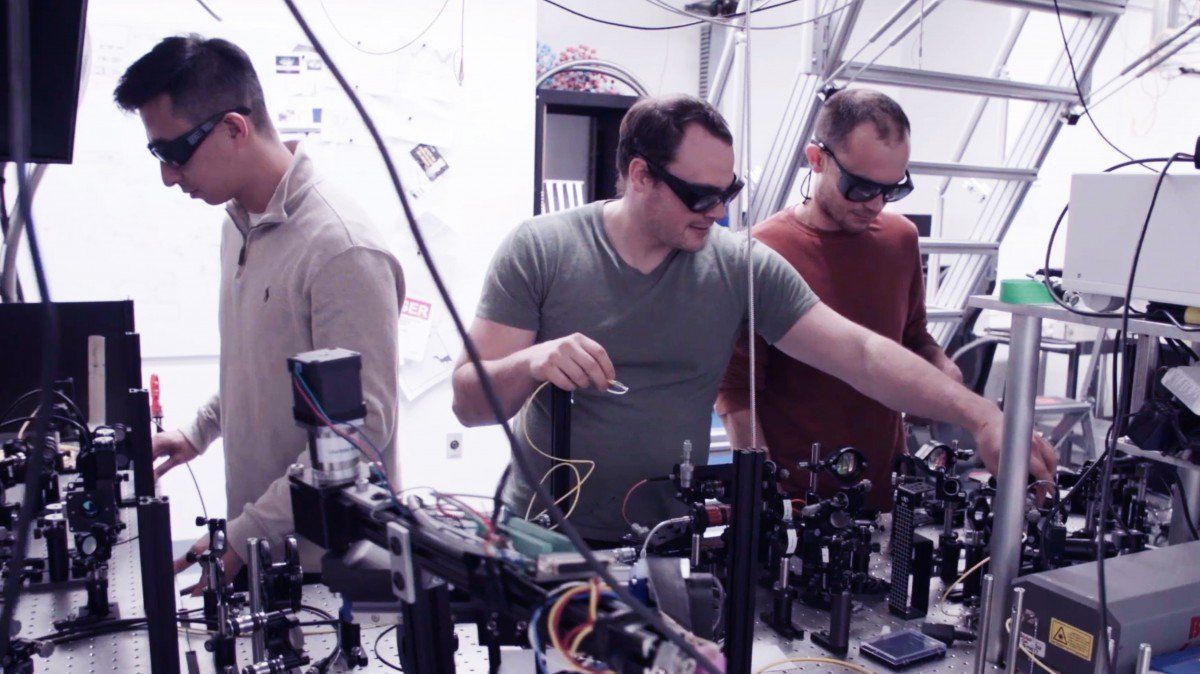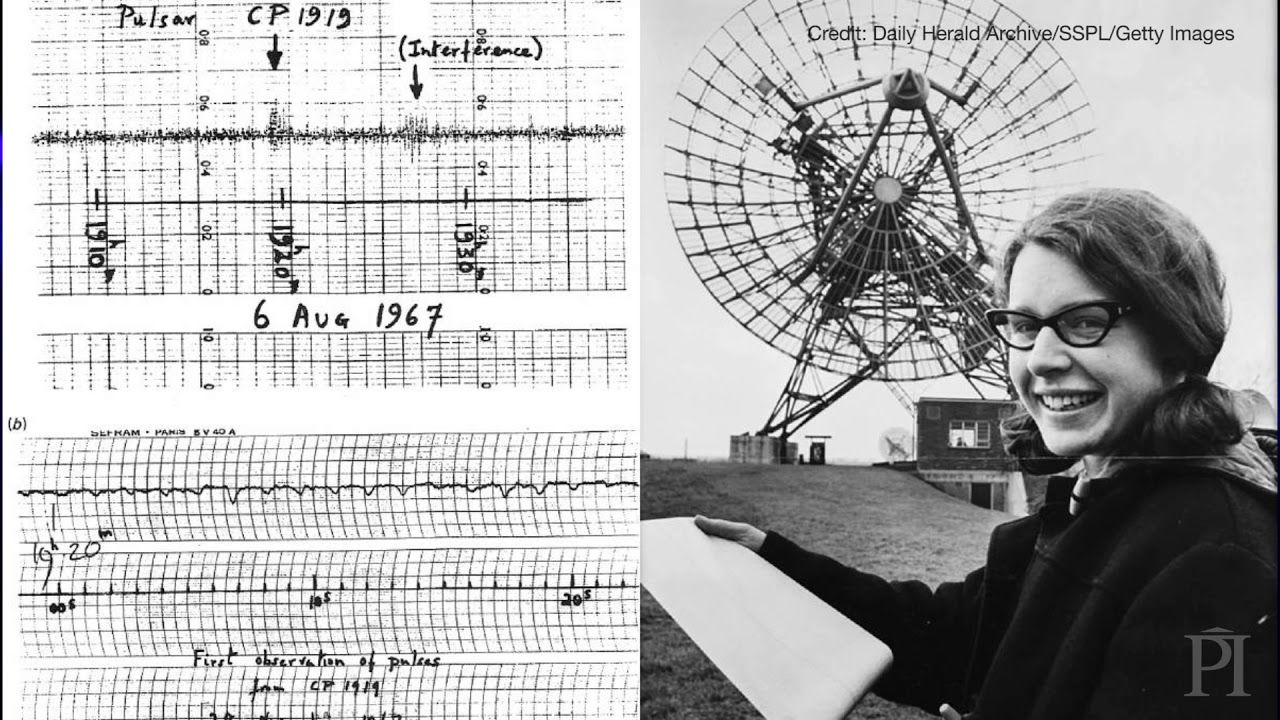Oct 25, 2018
Government ranks 18 US volcanoes as ‘very high threat’
Posted by Genevieve Klien in category: government
WASHINGTON (AP) — Government scientists have classified 18 U.S. volcanoes as “very high threat” because of what’s been happening inside them and how close they are to people.
The U.S. Geological Survey has updated its volcano threat assessments for the first time since 2005. The danger list is topped by Hawaii’s Kilauea, which has been erupting this year. The others in the top five are Mount St. Helens and Mount Rainier in Washington, Alaska’s Redoubt Volcano and California’s Mount Shasta.
“This report may come as a surprise to many, but not to volcanologists,” said Concord University volcano expert Janine Krippner. “The USA is one of the most active countries in the world when it comes to volcanic activity,” she said, noting there have been 120 eruptions in U.S. volcanoes since 1980.
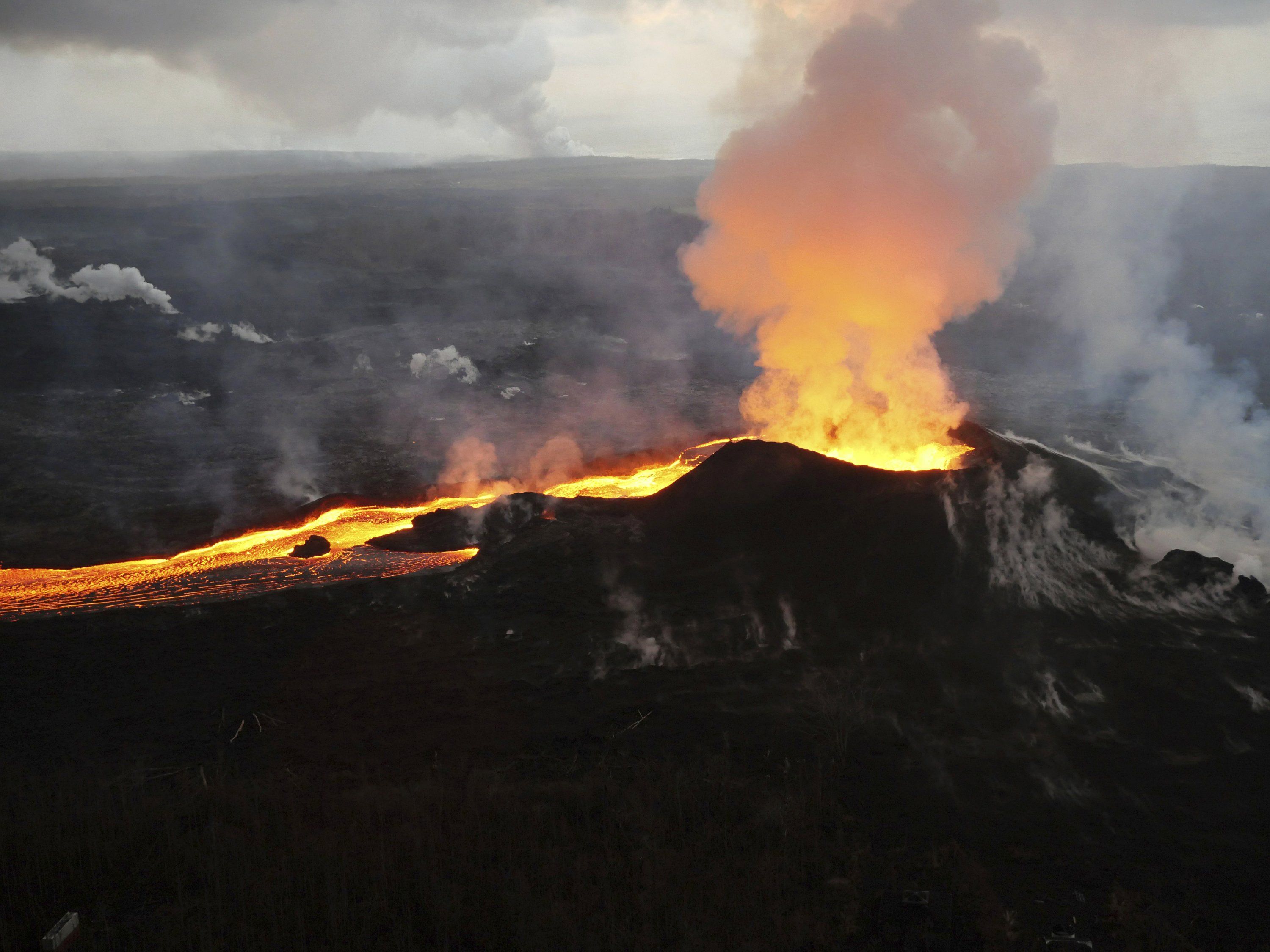

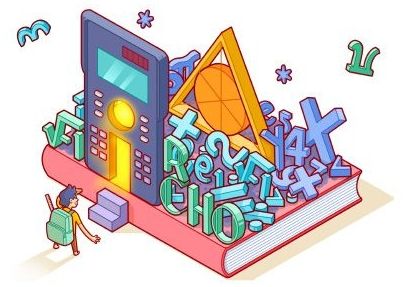
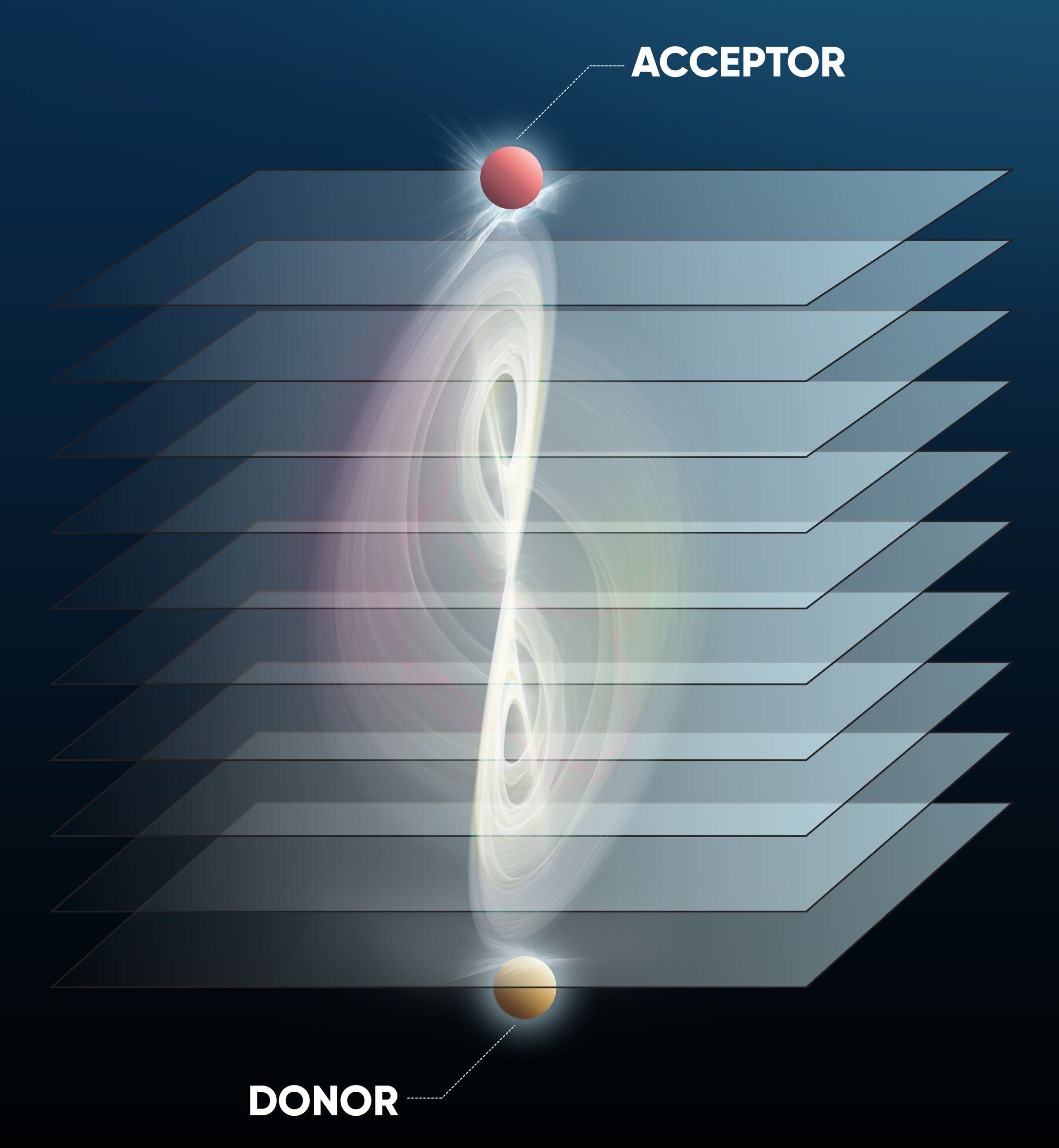
 Wonderful to see the continuing progress of Mr. Omar Flores, with the support of his lovely wife, actress Mayra Sierra, today on the Venga la Alegria (VLA) show on TV Azteca (
Wonderful to see the continuing progress of Mr. Omar Flores, with the support of his lovely wife, actress Mayra Sierra, today on the Venga la Alegria (VLA) show on TV Azteca (

